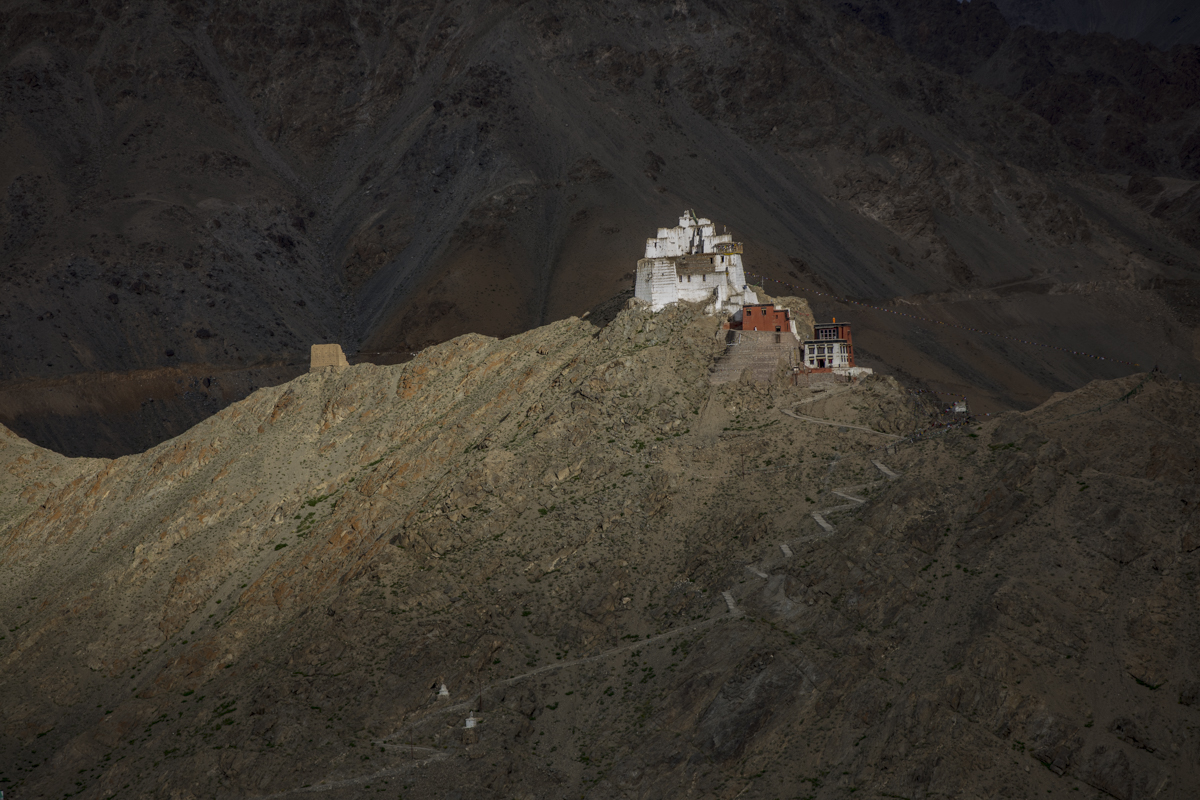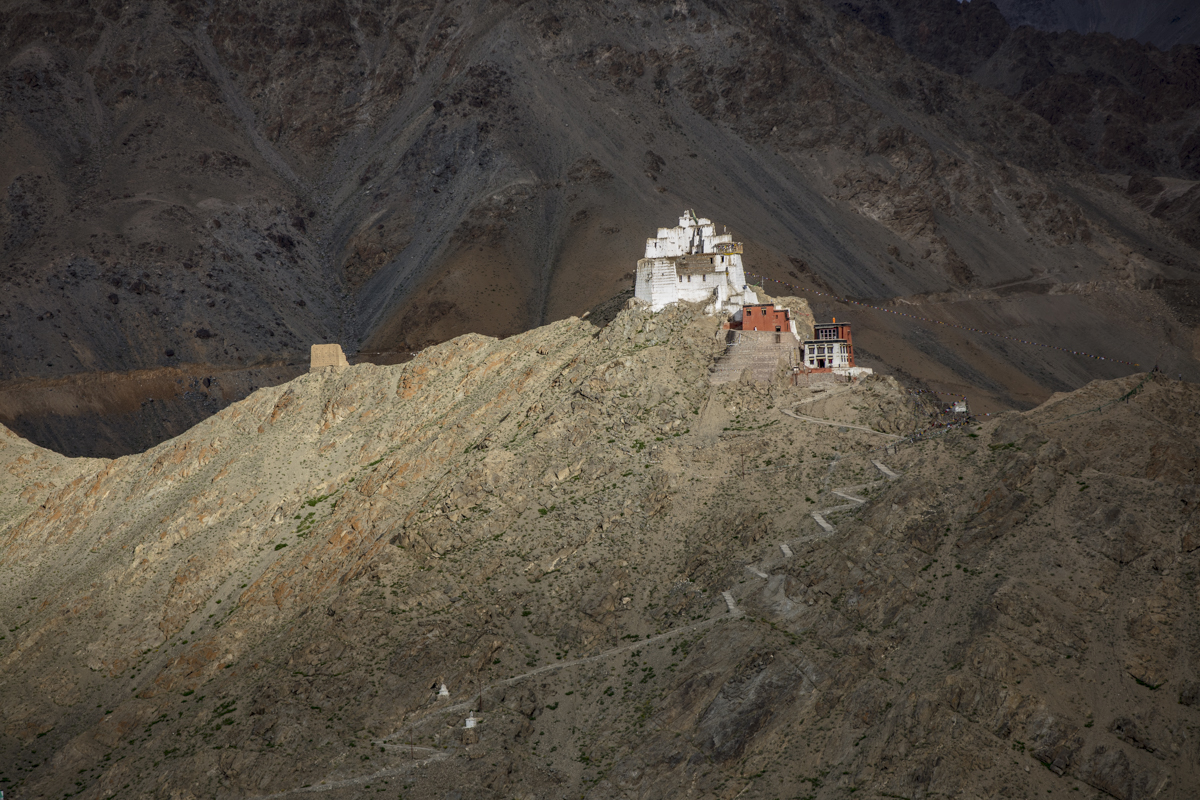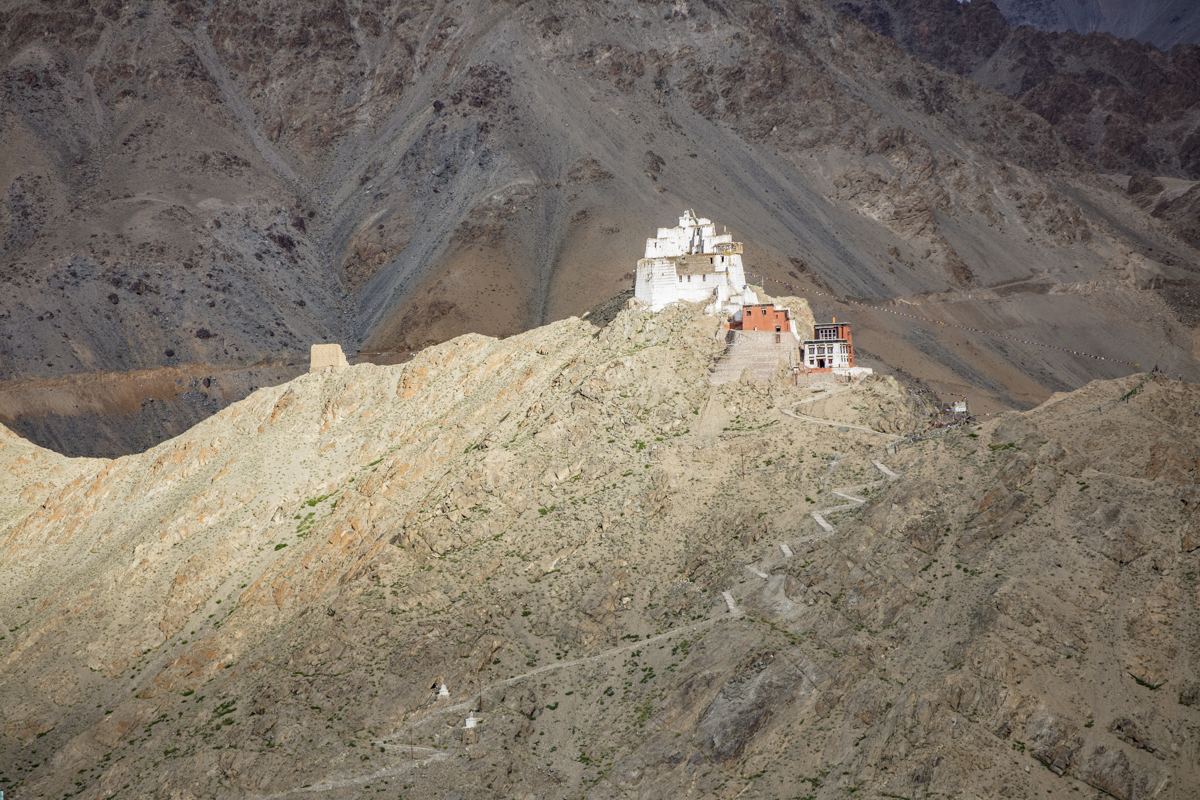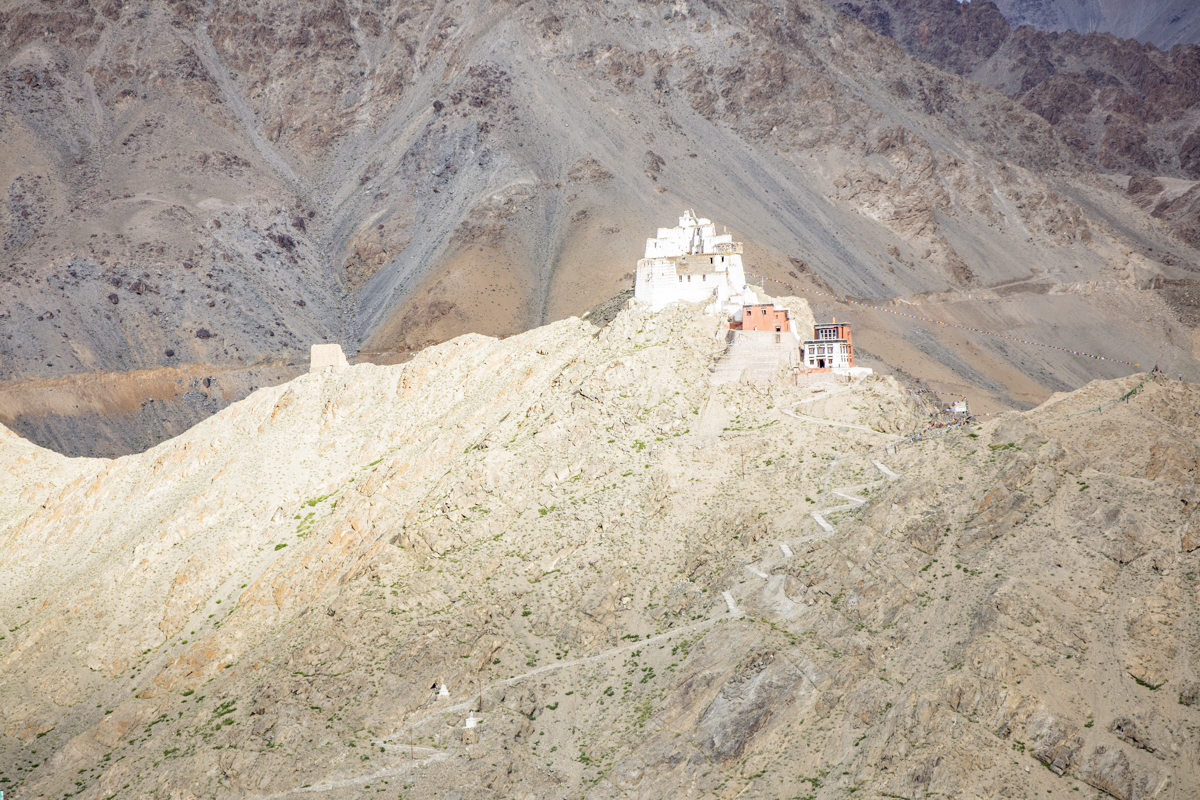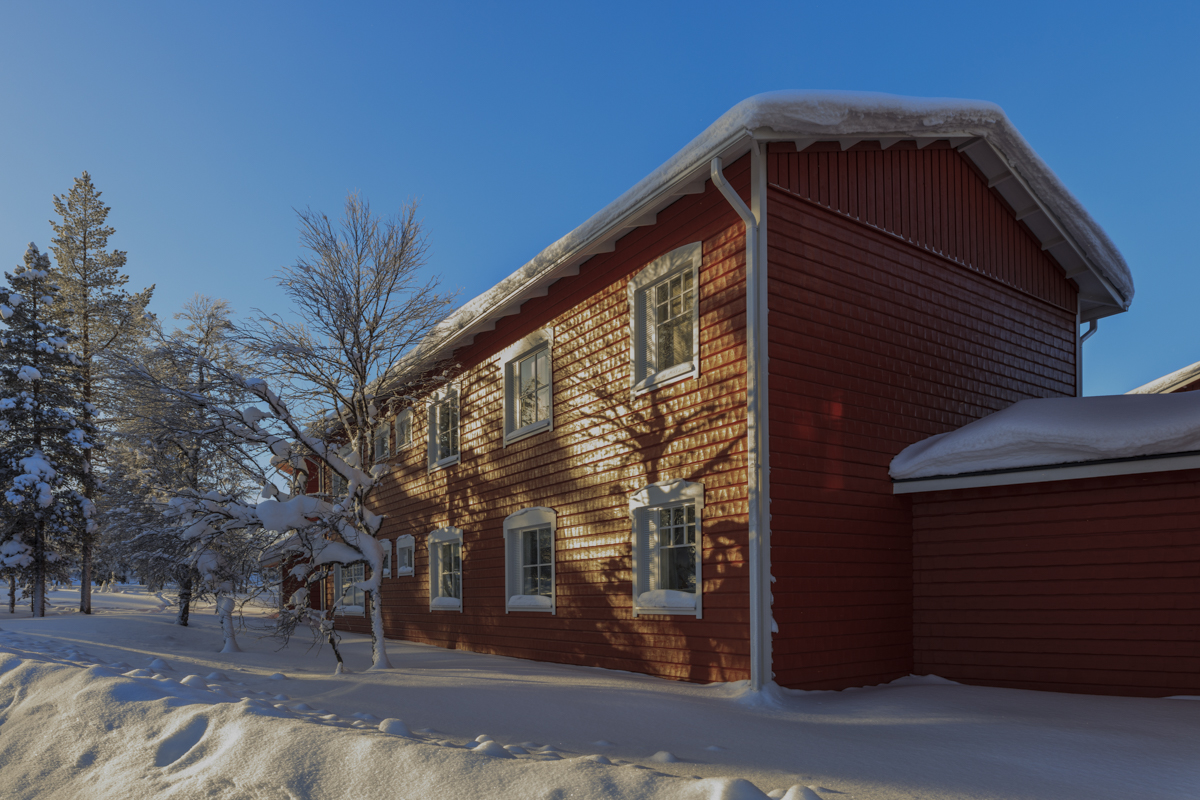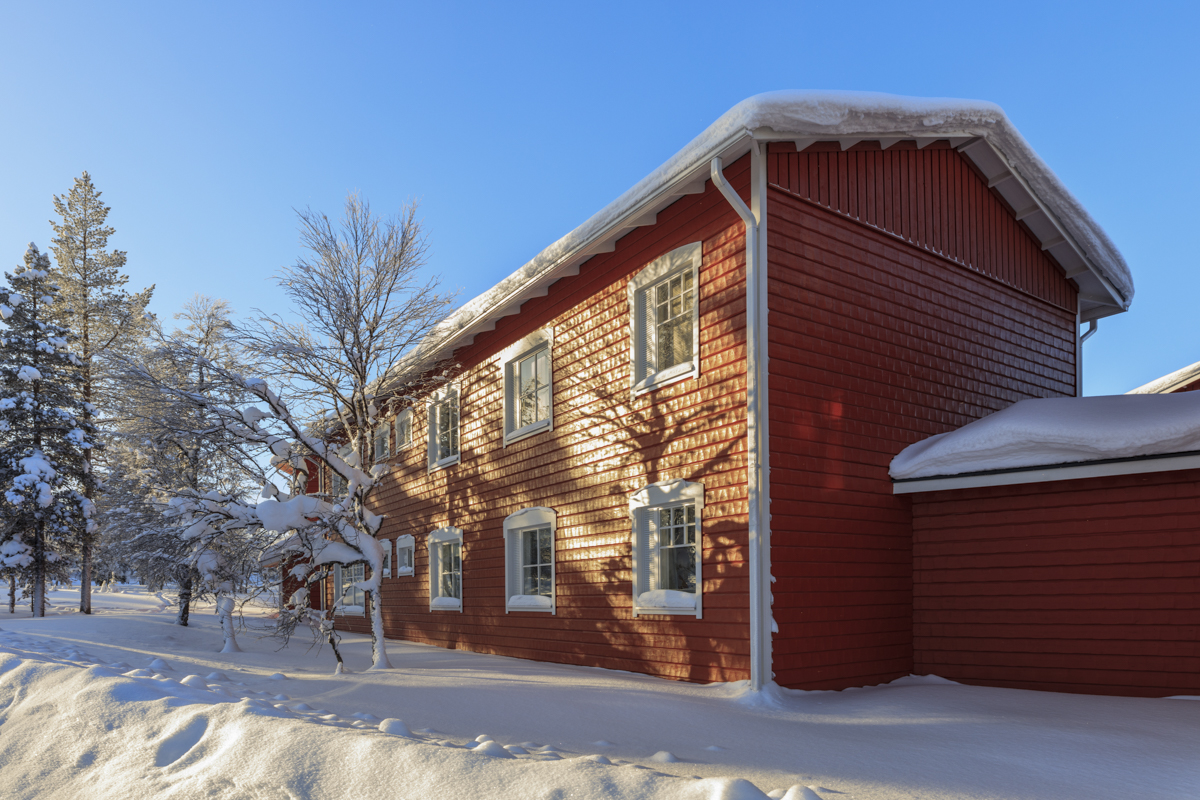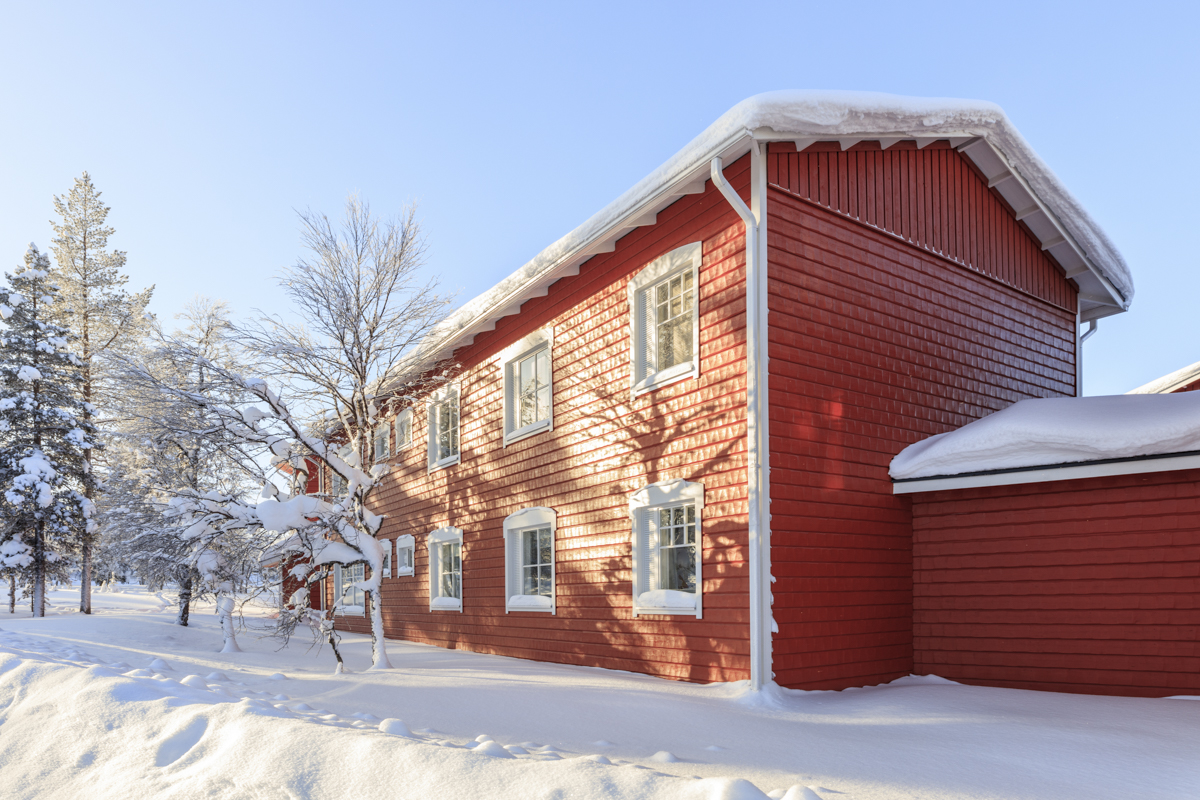Exposure 101
What is Exposure in a photographic sense? It is the process of setting the correct Aperture, ISO and Shutter speed before releasing the shutter so as to get the desired look to the image.
The three settings ie Aperture, Shutter Speed and ISO are known as the exposure triangle.
These three setting determine the amount of light being received and being absorbed by the film or sensor at the time of shutter release.
Aperture is the extend to which the shutter is opened and is represented as below
f1.4 , f1.8, f2.0, f2.8, …………………………………..f8…………………….f16…………………..f22………..f32 etc
where f1.4 represents the largest aperture and f 32 the smallest.
Shutter Speed is the amount of time for which the shutter is kept open and is represented by
30 sec, 15 sec, 1 sec, 1/2 sec………………..1/60 sec, 1/125 sec, 1/250 sec……………….1/2000 sec, 1/4000 sec etc
where 30 sec is a lower shutter speed(ie shutter is kept open for a longer time) and 1/2000 sec is a fast shutter speed(ie shutter is kept open for fraction of a sec). The slower the shutter speed more light that will enter the camera.
ISO is the sensitivity of the film or sensor and is represented as
ISO 100, ISO 200, ISO 320, ISO 400…..ISO 1600, ISO, 3200………………..ISO 64000 ETC
where ISO 100 is the lowest sensitivity and ISO 6400 is the higher sensitivity.
When you have camera with manual controls you can see these setting on the camera itself or within the menu system. Learning to control these setting is the key better photography. In Automatic mode the camera decided the setting itself based on the meter reading and sets the correct reading for a averagely bright subject.
Look at the set of images below. They are all exactly the same image except for their exposure. There is a 4 stop difference between the first and the last image. For the moment it suffices to understand that every 1 stop difference is is double or half the amount of light depending on whether you are increasing or decreasing the light. As you can see below by changing your settings of the Exposure triangle you can control how the end image looks.
Dynamic Range : Dynamic range is the range of brightness and darkness a photographic medium such as film, digital sensor, or a print paper can capture while still maintaining detail without overexposing(going pure white) or underexposing(going pure black)
Film traditionally had a dynamic range of 5 stops. Modern camera sensors have dynamic range of 10 to 14 stops which is incredible. So in theory you can have a 10 stop difference in brightness between highlights and shadows in a screen and you can still capture detail in both areas. The built in histogram in your camera is a great tool to ensure that your image is not over or under exposed.
See another set of examples below of this scene from my trip to Finnish Lapland.
Any of these exposures could have been a technically correct exposure but a difference of 1 stop can really make one image the one in the centre stand out from the other two.
With modern cameras and smartphones getting a decent exposure is not a big problem anymore with a bit of trial and error. But if you are serious about your photography then you should be bale to get the correct exposure without taking your eyes of the viewfinder. A proper understanding of exposure and a lot of practice is required to be able to capture a great image. This is the foundation for creative photography.
For one on one sessions or small group workshops contact me Kamal Chilaka on +91 8778336918 or mail me at kamal@eyemage.photography .
